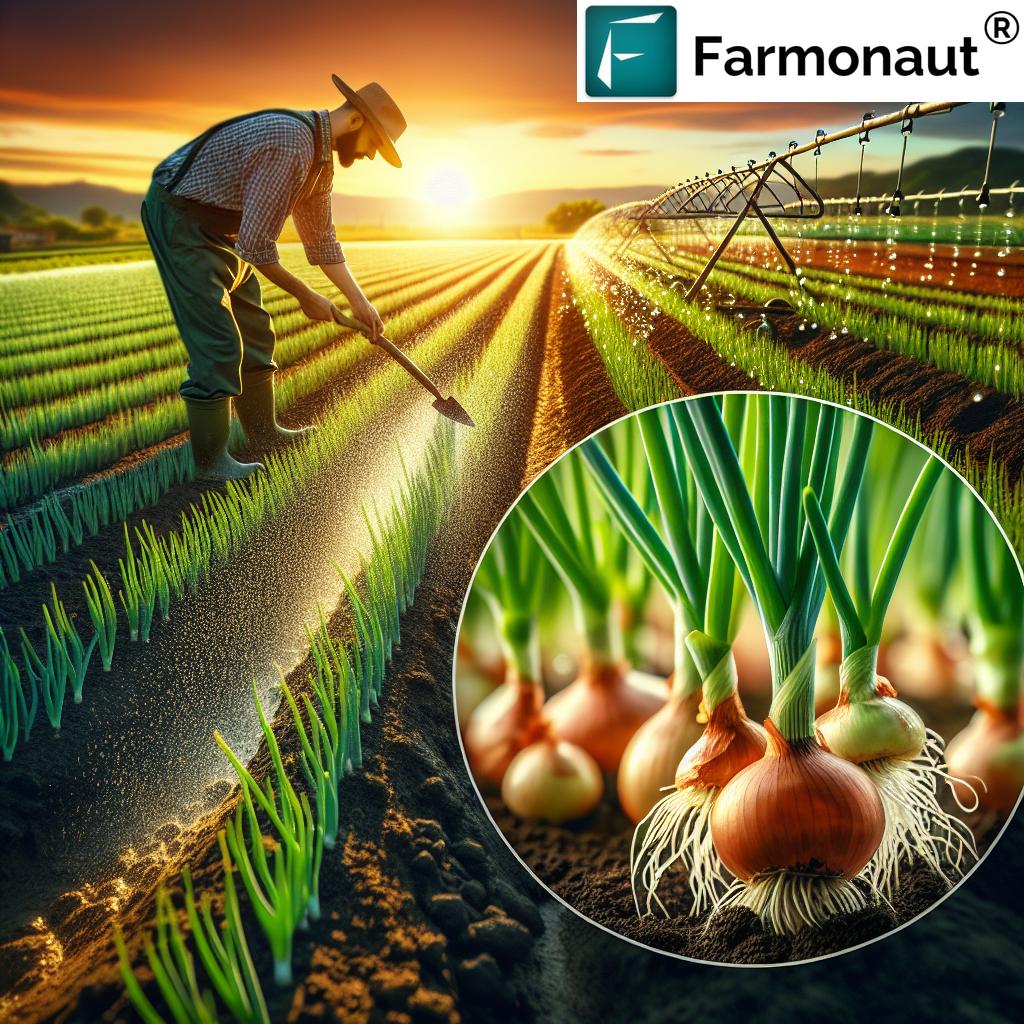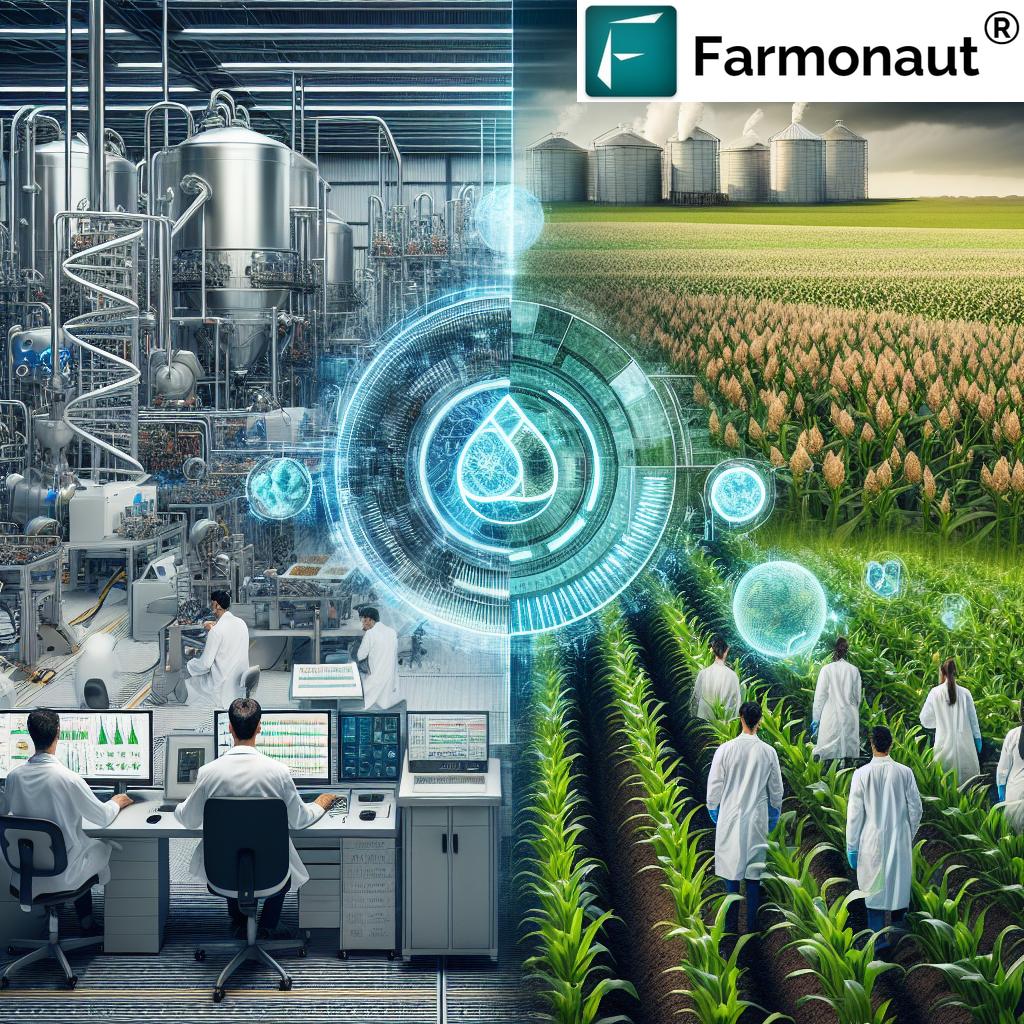Combine Insurance & Cotton Harvester: Top Agri Insurance For 2025
“In 2025, over 70% of cotton farms adopted combine harvesters, boosting harvest efficiency by nearly 40%.”
The Intersection of Combine Insurance, Agriculture Insurance Company, and Cotton Combine Harvester in 2025
The intersection of combine insurance, an agriculture insurance company, and cotton combine harvester technology lies at the heart of the 2025 transformation in cotton farming. As farmers face increasing risks from climate volatility, market uncertainties, and the need for efficient operations, the integration of advanced harvesters and specialized insurance solutions provides a powerful defense against unprecedented challenges.
Mechanization with the cotton combine harvester streamlines the laborious process of picking cotton, improving productivity and yield quality. Yet, the adoption of this machinery introduces its own set of risks —from breakdowns and operational accidents to adverse weather events. Here, agriculture insurance companies in 2025 are offering new products, coverage models, and premium options, directly supporting mechanized farm operations.
As the agricultural sector rapidly modernizes, the role of insurance in safeguarding livelihoods becomes indispensable. Combine insurance, tailored policies, and integrated analytics from Internet of Things (IoT) and satellite imagery are reshaping how farmers manage risks, losses, and financial stability. By embedding protection within the modernization wave, stakeholders worldwide are driving a new era of efficient, sustainable, and resilient cotton production.
The Evolution of Cotton Mechanization with Cotton Combine Harvesters in 2025
Mechanization has always played a pivotal role in modernizing cotton farming, but in 2025, it has reached an unprecedented scale and sophistication. The cotton combine harvester is now a central figure in this evolution. With over 70% of cotton farms having adopted combine harvesters, their impact on efficiency, yield quality, and timely harvesting is profound.
Advanced machinery combines multiple operations—picking, cleaning, and baling cotton—which once demanded extensive manual labor, excessive time, and substantial costs. The introduction and widespread use of machines have significantly reduced harvesting time, cut labor costs, and improved consistency. By mechanizing the laborious process of picking cotton, farmers gain higher profitability and can better adapt to short harvest windows—a critical advantage as weather patterns become increasingly erratic.
- One machine, multiple functions: Today’s cotton combine harvesters integrate picking, sorting, and early-stage ginning, dramatically reducing crop loss and labor demands.
- Timely harvests and reduced exposure: Timely, efficient harvesting reduces exposure to adverse weather events that could otherwise lead to significant financial losses.
- Precision farming and data: Many modern cotton combine harvesters are equipped with IoT sensors and data monitoring systems that provide real-time analytics on machine health, field conditions, and even yield mapping.
Yet, mechanization is not without its challenges. Large-scale machinery comes with the risk of mechanical failures, operational errors, and accidents. Moreover, the costs associated with acquiring and maintaining cotton combine harvesters represent a major investment for most farmers worldwide. This is precisely where the combine insurance and specialized products from agriculture insurance companies gain importance, ensuring that progress in mechanization does not come with unacceptable new vulnerabilities.
Discover how satellite-powered large scale farm management solutions empower cotton producers to coordinate equipment, scheduling, and risk management on expansive operations. Learn more about Farmonaut’s Large Scale Farm Management App →
Risks and Opportunities in Modern Cotton Harvesting: Why Combine Insurance Is Critical
Cotton agriculture—one of the world’s most labor-intensive and climate-sensitive activities—has always carried unique risks and uncertainties. While the adoption of mechanized harvesters offers a leap in productivity and efficiency, it also exposes farmers to emerging operational risks that were less prevalent in traditional methods.
- Mechanical Breakdown: The sophistication of cotton combine harvesters means machine failure can lead to significant crop losses, especially if it coincides with peak harvesting times or adverse weather events.
- Operational Accidents: Modern machinery introduces accident risks for operators and can result in equipment damage or loss of productive capacity.
- Climatic Exposure: Even with mechanization, weather uncertainties (droughts, unseasonal rain, flooding) remain consequential for yields and the operational safety of equipment in the fields.
- Theft & Vandalism: With machinery value per farm rising, so do the risks of property theft, vandalism, and other criminal acts impacting farmer investments.
- Market Volatility: Modern inputs and high-value machinery heighten a farmer’s financial exposure to market price fluctuations and operational costs.
That is why combine insurance and modern agriculture insurance company products take on a critical role. Unlike basic crop insurance, these offerings cover not just natural disasters and pests but also mechanical failures, operational mistakes, and accidental damage to harvesters and associated machinery. This comprehensive coverage is essential in 2025, as more cotton producers worldwide shift toward efficient, mechanized operations.
“Specialized agri insurance solutions reduced cotton farming claim processing times from weeks to just 48 hours in pilot regions.”
Specialized Agri Insurance Solutions for Combine Harvesters in 2025
A defining trend in 2025 is the expansion of agriculture insurance companies into specialized policies tailored specifically for mechanized cotton farming. Combine insurance policies are no longer simply indemnity covers for weather-related crop failure. Instead, they are holistic solutions, encompassing a wide range of protections relevant to every stage of mechanized cotton production.
- Multi-faceted Risk Coverage: Includes mechanical breakdown, operational errors, damage due to accidents, theft of machines, crop loss during mechanical harvesting, and more.
- Event-Triggered Payments: In some regions, claim disbursement now occurs automatically, triggered by satellite verification or IoT data when a qualifying event is detected. This reduces claim processing time from weeks to just 48 hours in pilot deployments.
- Tailored Premiums: Agriculture insurance companies are leveraging farm, crop, and machine data to offer dynamic premiums—lower for safer, more efficient operations; higher for high-risk profiles.
- Comprehensive Investment Protection: As cotton combine harvester adoption increases, farmers can insure not just their equipment but the entire crop-machinery revenue cycle.
- Integrated Data Services: IoT, satellite imagery, and real-time analytics are used to assess farm conditions, potential losses, and machinery status, optimizing both farming and insurance outcomes.
The intersection of advanced insurance solutions and mechanized farming thus forms the backbone of modern risk mitigation in cotton agriculture.
Explore Crop Loan and Insurance verification powered by satellite analytics, which help banks and insurance providers instantly validate crop health and insured events for faster claims. See how the Farmonaut Crop Loan and Insurance platform works →
Feature & Benefit Matrix: Advanced Cotton Combine Harvesters & Specialized Agri Insurance Solutions
| Technology/Insurance Solution | Estimated Cost Savings (%) | Time Efficiency (Hours Reduced/Acre) | Risk Coverage (%) | Notable Features |
|---|---|---|---|---|
| Advanced Cotton Combine Harvester (2025 Model) | 35-45% | 6-8 hours | 25% (Direct Operation Risks) | Multistage automation, IoT monitoring, real-time yield maps, reduced labor requirement, enhanced crop quality |
| Smart IoT-enabled Harvester + Satellite Telematics | 45-55% | 7-10 hours | 30% (Predictive Failure/Accident Risks) | Predictive maintenance, remote diagnostics, field condition alerts, cloud-linked analytics, blockchain traceability |
| Specialized Combine Insurance (Machinery Only) | 10-15% | 1-2 hours (Admin/Claims) | 65-80% | Covers breakdown, theft, operator errors, accidental damage, fast-track claim processing |
| Integrated Crop + Machinery Protection Policy (2025) | 20-25% | 4-5 hours (Harvest/Claims) | 85-95% | All-in-one solution; insures both crop and harvester risks; data-driven premiums; automated event-based payouts |
| Pay-As-You-Go Smart Insurance (Sensor-Driven) | 15-22% | 2-4 hours (Realtime Adjustments) | Up to 100% | IoT/AI-driven dynamic rates; end-to-end digital process; live field monitoring; disaster alerts integrated |
This table demonstrates that a combined approach using leading cotton combine harvester technology and specialized agri insurance solutions can maximize operational efficiency, reduce losses, and dramatically enhance risk mitigation.
How IoT, Satellite, and Data Analytics Modernize Cotton Combine Insurance in 2025
A standout development in 2025 is the proliferation of digitally-enhanced insurance solutions for cotton farmers using high-tech harvesters. Insurance companies increasingly rely on real-time data—delivered by IoT sensors on machinery and satellite imagery from providers such as Farmonaut—to offer smarter, safer, and more profitable coverage for producers worldwide.
Key Innovations:
- IoT-Enabled Risk Assessment: Smart IoT sensors in cotton combine harvesters track machine performance, usage hours, and fault patterns. This enables predictive maintenance and risk avoidance, lowering the likelihood of costly breakdowns and informing more accurate premium structures.
- Satellite & Weather Analytics: Satellite imagery and advanced weather forecasting help insurers model adverse event risks. For example, before and during the harvest season, satellite-driven data enables dynamic assessment of farm conditions (flood likelihood, drought stress, pest outbreaks) for proactive insurance solutions.
- Integrated Machine & Crop Surveillance: By combining machine health data with remote sensing of crop status and environmental conditions, insurance companies provide holistic risk assessment—from mechanical failures to weather-related threats.
- AI-Powered Premium Calculation: Algorithms analyze historical breakdowns, accident records, and operational patterns alongside farm-level weather data to determine risk-adjusted premiums.
- Blockchain Traceability: For added transparency, some insurers (and integrated agri-tech services) use blockchain to ensure claim legitimacy and trace policy events via tamper-proof logs.
Apply product traceability with blockchain to track cotton from field to mill, boosting transparency and insurance validation for claims. Explore Farmonaut Traceability here →
Track, report, and improve your cotton farm’s carbon footprint for sustainability certifications and eco-linked insurance incentives using precise satellite analytics. See Farmonaut’s Carbon Footprinting Solutions →
Farmonaut’s Role in Enhancing Crop Insurance, Risk Assessment, and Farm Management
As a satellite technology company, we at Farmonaut offer a vital bridge between advanced machine-driven agriculture and modern insurance sectors. Our platform delivers real-time satellite imagery, crop health analytics, AI-based advisory, and resource management that support both farmers and agriculture insurance companies in 2025 and beyond.
- Our satellite-based monitoring empowers farmers to assess field and crop health, monitor for adverse events, and gather evidence during extreme weather or pest outbreaks. This shortens claim times and drives insurance transparency.
- Our API (API Docs) allows agri businesses and insurers to integrate real-time monitoring and automate verification for both claims and loan authentication, reducing fraud and streamlining processes.
- Jeevn AI, our AI advisory system, merges satellite data and climate insights, guiding farming operations and optimizing decision-making for risk reduction and yield maximization.
- Blockchain-driven traceability enhances transparency, empowering insurers and financial institutions to validate every step in the agricultural process.
- Resource and fleet management solutions enable more efficient machinery usage, reduce operational costs, and increase profitability for cotton producers leveraging mechanization.
We believe that combining satellite, IoT, and AI-driven data is transforming agricultural risk management from a reactive process to a proactive, predictive, and integrated ecosystem.
For AI-driven, satellite-based crop plantation advisory & forest management—integral for sustainable expansion of cotton farming and insurance planning—check Farmonaut Crop Plantation Advisory →
Government Initiatives and Subsidized Insurance Schemes in 2025
To accelerate adoption of mechanized cotton farming and ensure even small/mid-sized growers can protect their crops and capital, many governments are partnering with insurance companies to deliver subsidized insurance schemes in 2025. These schemes play a pivotal role in reducing premium costs, expanding coverage, and minimizing the financial barriers that once discouraged technological advancement among farmers.
- Premium Subsidies: Governments absorb a significant percentage of the base policy premium, enabling widespread insurance enrollment.
- Targeted Mechanization Incentives: Extra support for farmers purchasing new cotton combine harvesters or upgrading old machinery with IoT/smart modules.
- Integrated Risk Mitigation: Bundled packages covering crop, machinery, and even supply chain risks, promoted via local agricultural extension services.
- Simplified Enrollment: Streamlined digital applications, leveraging satellite and IoT data, enable efficient insurance onboarding, risk assessment, and claim settlement.
- Sustainability-Linked Coverage: Insurance companies collaborate with state and national agencies to reward environmentally responsible farming—such as carbon reduction and water-saving practices—with better insurance terms.
Ultimately, these schemes help make risk management and mechanization accessible to millions of cotton producers worldwide.
How Insurance and Mechanized Harvesters Enhance Cotton Value Chain Resilience & Food Security
The synergy between cotton combine harvester technology and advanced insurance coverage is a force multiplier for the entire sector—providing not just individual farm risk reduction, but also greater resilience in supply chains, buyer markets, and national food security.
-
Timely Harvests:
Efficient combine harvesters enable quick removal of crops from fields, minimizing the risk of weather-related losses and improving market timing. -
Guaranteed Recovery:
The financial stability provided by insurance coverage ensures that farmers can reinvest in repairs, inputs, and improved technologies—even after adverse events. -
Liquidity and Stability:
Prompt claim payment sustains farmer livelihoods, enabling ongoing operations that stabilize local economies. -
Encouraging Innovation:
By de-risking mechanization, insurance solutions help drive a cycle of technology adoption, more sustainable farming, and consistent supply for textile industries worldwide.
With weather volatility and supply chain risks likely to increase beyond 2025, this integrated approach is critical for global food and fiber security.
Benefits, Growth, and What the Future Holds for Cotton Combine Insurance and Mechanization
Looking beyond 2025, the ongoing intersection of combine insurance, agriculture insurance companies, and cotton combine harvester innovations points to a smarter, safer, and more robust agricultural landscape. Key future trends include:
- Greater Automation: Next-gen machines will further automate harvesting, minimize losses, and integrate even more tightly with real-time insurance risk assessment tools.
- Digital Ecosystems: Blockchain, IoT, and satellite data will merge, enabling seamless claim validation, fraud reduction, and on-demand policy adjustments for farmers.
- Personalized & AI-driven Policies: Insurance products will become even more tailored—tracking individual grower risk profiles, machinery usage, and environmental performance to provide custom premium ratings and reward sustainable practices.
- Sustainability at Core: Sustainable growth and eco-linked coverage will become a leading driver for both technology adoption and insurer offerings.
In summary, the marriage of efficient mechanization and advanced agri insurance solutions is helping to redefine not just risk protection for farmers, but also the global trajectory of agricultural productivity and sustainability.
Farmonaut Subscription Plans for Cotton Farmers, Businesses & Institutions
Access affordable, scalable satellite, AI, and analytics solutions for optimizing your cotton farm operations, insurance claims, and resource management. Get started today—choose your subscription below:
Frequently Asked Questions: Combine Insurance, Agriculture Insurance Company, and Cotton Combine Harvester
1. What is combine insurance in cotton farming?
Combine insurance is a specialized agriculture insurance product that covers not only crop losses due to natural calamities but also risks associated with the use of mechanized equipment—especially cotton combine harvesters—including breakdowns, theft, accidents, and operational errors.
2. How do agriculture insurance companies in 2025 assess risk for mechanized cotton farms?
In 2025, agriculture insurance companies utilize real-time data from IoT sensors installed on machinery, satellite imagery for weather/crop assessment, and smart analytics systems. This enables dynamic risk evaluation, proactive servicing, and tailored premium calculation for every insured farm.
3. What are the biggest advantages of using a cotton combine harvester with insurance?
Productivity increases significantly, harvest time and labor costs are reduced, and financial risks from machinery failure or market/weather losses are mitigated by insurance, ensuring stable income and operational resilience.
4. Can I get a policy that covers both cotton crop and machinery risks?
Yes, many insurance companies now offer integrated crop + machinery protection policies that encompass weather, pest, accident, theft, breakdown, and operational loss in a single package—empowering holistic risk management.
5. Where can I find digital solutions for farm monitoring and insurance verification?
Solutions such as ours at Farmonaut (web, mobile app, or API) offer remote sensing, AI advisory, and sat-verified insurance/loan data. These support rapid claim verification and efficient farm management for all scales of cotton farming.
6. Are government insurance schemes available for cotton farmers with combine harvesters?
Absolutely. Many governments in 2025 provide subsidized agri insurance schemes targeting cotton farmers adopting new or upgraded combine harvesters. These schemes dramatically reduce premium costs and boost accessibility for small to mid-sized farms.
7. What role will technology play in insure-tech for agriculture after 2025?
Technology will drive even deeper integration—allowing personalized risk scores, on-demand coverage, and AI-based advisory linked with automated machines, all underpinned by blockchain traceability and satellite validation.
Conclusion: Combine Insurance and Cotton Combine Harvesters Will Power Sustainable Growth in 2025
In 2025 and beyond, the intersection of combine insurance, agriculture insurance company, and cotton combine harvester advances has become indispensable for safeguarding farmers and empowering modern farming operations. By coupling specialized insurance solutions with machine-driven efficiency, farmers can reduce risks, streamline operations, and secure livelihoods despite climate, market, or operational uncertainties. The rise of IoT, satellite analytics, and data-driven premium assessments is turning the insurance sector into a vital driver of innovation, sustainability, and resilience in cotton agriculture. In this rapidly evolving landscape, integrated risk management and mechanization stand as pillars for a thriving, sustainable, and profitable cotton sector for producers worldwide.











